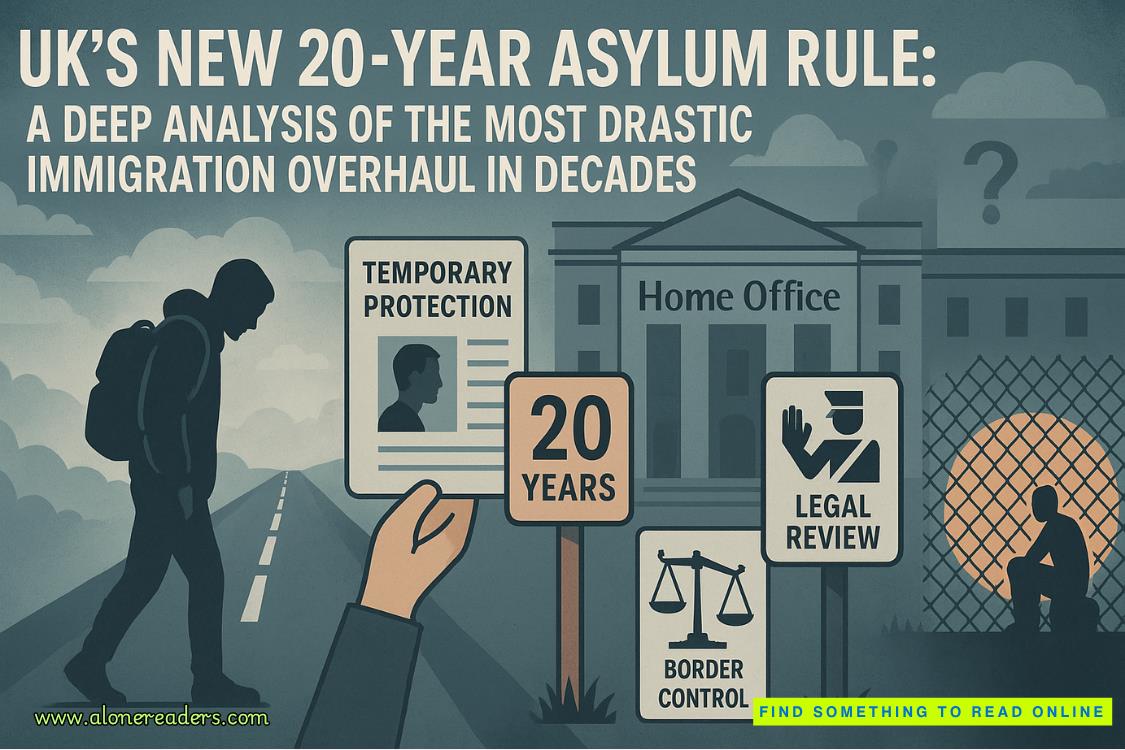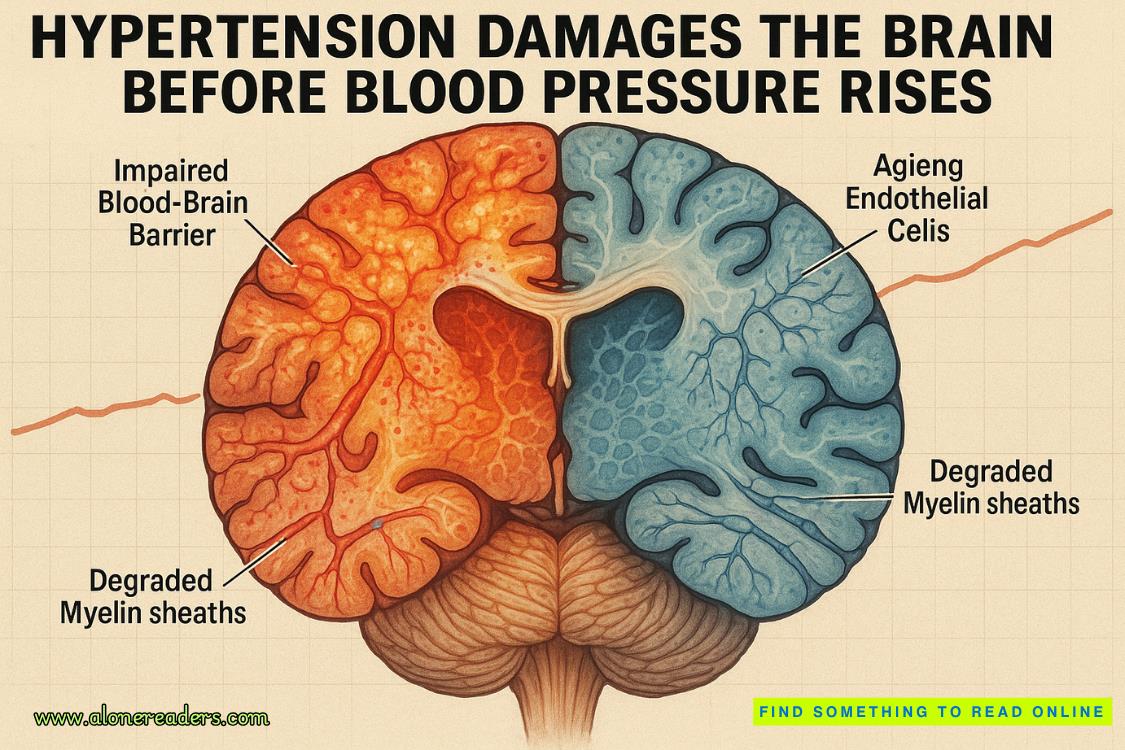Page 3 of Better off Dead
No sign of life at all.
—
The tidy, manicuredarea people now calledThe Plazahad once been a sprawling grove of trees. Black walnuts. They’d grown, undisturbed, for centuries. Then in the 1870s a trader took to resting his mules in their shade on his treks back and forth to California. He liked the spot, so he built a shack there. And when he grew too old to rattle across the continent he sold his beasts and he stayed.
Other people followed suit. The shanty became a village. The village became a town. The town split in two like a cell, multiplying greedily. Both halves flourished. One to the south. One to the north. There were many more years of steady growth. Then stagnation. Then decline. Slow and grim and unstoppable. Until an unexpected shot in the arm was delivered, in the late 1930s. An army of surveyors showed up. Then laborers. Builders. Engineers. Even some artists and sculptors. All sent by the WPA.
No one local knew why those two towns had been chosen. Some said it was a mistake. A bureaucrat misreading a file note and dispatching the resources to the wrong place. Others figured that someone in D.C. must have owed the mayor a favor. But whatever the reason, no one objected. Not with all the new roads that were being laid. New bridges being built. And all kinds of buildings rising up. The project went on for years. And it left a permanent mark. The towns’ traditional adobe arches became a little more square. The stucco exteriors a little more uniform. The layout of the streets a little more regimented. And the amenities, a lot more generous. The area gained schools. Municipal offices. Firehouses. A police station. A courthouse. A museum. And a medical center.
The population had dwindled again over the decades since the government money dried up. Some of the facilities became obsolete. Some were sold off. Others demolished. But the medical center was still the main source of healthcare for miles around. It contained a doctor’s office. A pharmacy. A clinic, with a couple dozen beds. A pediatric suite, with places for parents to stay with their sick kids. And thanks to the largesse of those New Deal planners, even a morgue. It was tucked away in the basement. And it was where Dr. Houllier was working, the next morning.
Dr. Houllier was seventy-two years old. He had served the town his whole life. Once he was part of a team. Now he was the only physician left. He was responsible for everything from delivering babies to treating colds to diagnosing cancer. And for dealing with the deceased. Which was the reason for that day’s early start. He’d been on duty since the small hours. Since he received the call about a shooting on the outskirts of town. It was the kind of thing that would attract attention. He knew that from experience. He was expecting a visit. Soon. And he needed to be ready.
There was a computer on the desk, but it was switched off. Dr. Houllier preferred to write his notes longhand. He remembered things better that way. And he had a format. One he’d developed himself. It wasn’t fancy, but it worked. It was better than anything those Silicon Valley whiz kids had ever tried to foist on him. And more important in that particular situation, it left no electronic trace for anyone to ever recover. Dr. Houllier sat down, picked up the Mont Blanc his father had bought him when he graduated medical school, and started to record the results of his night’s work.
—
There was noknock. No greeting. No courtesy at all. The door just opened and a man came in. The same one as usual. Early forties, tight curly hair, tan linen suit.Perky,Dr. Houllier privately called him, because of the bouncy way the guy walked. He didn’t know his real name. He didn’t want to know.
The guy started at the far end of the room. The cold storage area. Themeat lockeras Dr. Houllier thought of it, after decades of dealing with its contents. There was a line of five steel doors. The guy approached, examined each handle in turn, but didn’t touch any of them. He never did. He moved on to the autopsy table in the center. Crossed to the line of steel trolleys against the far wall, near the autoclave. Then he approached the desk.
“Phone.” He held out his hand.
Dr. Houllier passed the guy his cell. The guy checked to make sure it wasn’t recording, slipped it into his pants pocket, and turned to the door. “Clear,” he said.
Another man walked in.Mantis,Dr. Houllier called him, because whenever he looked at the guy with his long skinny limbs, angular torso, and bulging eyes he couldn’t help but think of the insect. The large triangular burn scar on the guy’s cheek and the way his three missing fingers made his right hand look like a claw added to the effect. Although Dr. Houllier did know this guy’s real name. Waad Dendoncker. Everyone in town knew it, even if they’d never met him.
A third man followed Dendoncker in. He looked a little like Perky, but with straighter hair and a darker suit. And with such an anonymous face and bland way of moving that Dr. Houllier had never been inspired to find him a nickname.
Dendoncker stopped in the center of the room. His pale hair was almost invisible in the harsh light. He turned through 360 degrees, slowly, scanning the space around him. Then he turned to Dr. Houllier.
“Show me,” he said.
Dr. Houllier crossed the room. He checked his watch, then worked the lever that opened the center door of the meat locker. He pulled out the sliding rack, revealing a body covered by a sheet. It was tall. Almost as long as the tray it lay on. And broad. The shoulders only just fit through the opening. Dr. Houllier pulled the sheet, slowly, revealing the head. It was a man’s. Its hair was messy. The face was craggy and pale, and the eyes were taped shut.
“Move.” Dendoncker shoved Dr. Houllier aside. He pulled the sheet off and dropped it on the floor. The body was naked. If Michelangelo’sDavidwas made to embody masculine beauty, this guy could have been another in the series. But at the opposite end of the spectrum. There was nothing elegant. Nothing delicate. This one was all about power and brutality. Pure and simple.
“That’s what killed him?” Dendoncker pointed to a wound on the guy’s chest. It was slightly raised. Its edges were rough and ragged and they were turning brown.
“Well, he didn’t die of sloth.” Dr. Houllier glanced at his watch. “I can guarantee that.”
“He’d been shot before.” Dendoncker pointed at a set of scars on the other side of the guy’s chest. “And there’sthat.”
“The scar on his abdomen?” Dr. Houllier glanced down. “Like some kind of sea creature. He must have been stabbed at some point.”
“That’s no knife wound. That’s something else altogether.”
“Like what?”
“Doesn’t matter. What else do we know about him?”
“Not much.” Dr. Houllier snatched up the sheet and spread it loosely over the body, including its head.
Dendoncker pulled the sheet off again and dropped it back on the floor. He wasn’t done staring at the biggest of the dead guy’s scars.
“I spoke to the sheriff.” Dr. Houllier moved away, toward his desk. “Sounds like the guy was a drifter. He had a room at the Border Inn. He’d paid through next weekend, in cash, but he had no belongings there. And he’d registered under a false address. One East 161st Street, the Bronx, New York.”
“How do you know that’s false?”















